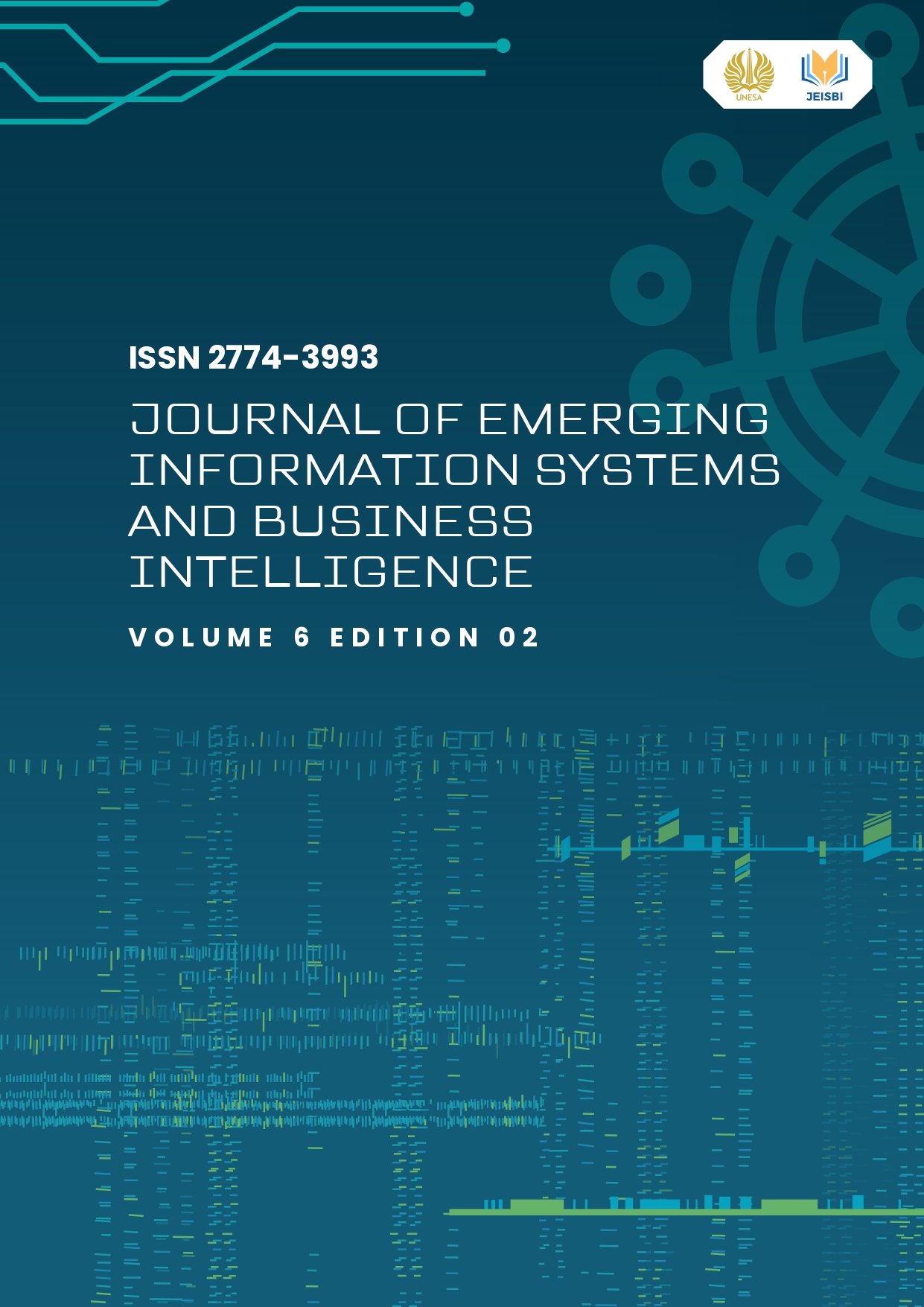Evaluating User Acceptance of KAI Access: A Comparison of TAM and UTAUT
DOI:
https://doi.org/10.26740/jeisbi.v6i2.70116Keywords:
TAM, UTAUT, User Acceptance, Mobile Application, PLS-SEM, KAI AccessAbstract
This study aims to analyze and compare two technology acceptance models Technology Acceptance Model (TAM) and Unified Theory of Acceptance and Use of Technology (UTAUT) in measuring user acceptance of the KAI Access mobile application in Surabaya. The research adopts a quantitative approach, using questionnaires distributed to 200 active users of the KAI Access app. Data were analyzed using Partial Least Square-Structural Equation Modeling (PLS-SEM) with SmartPLS software. Results show that all variables in the TAM model significantly influence behavioral intention, particularly perceived usefulness and perceived ease of use. Meanwhile, in the UTAUT model, only effort expectancy and facilitating conditions have a significant effect. The R-square and Q-square values indicate that TAM has stronger predictive capability than UTAUT in this context. These findings offer useful insights for improving the KAI Access application and can serve as a reference for future research on technology acceptance in public digital services.
Downloads
Downloads
Published
How to Cite
Issue
Section
 Abstract views: 107
,
Abstract views: 107
, PDF Downloads: 85
PDF Downloads: 85


